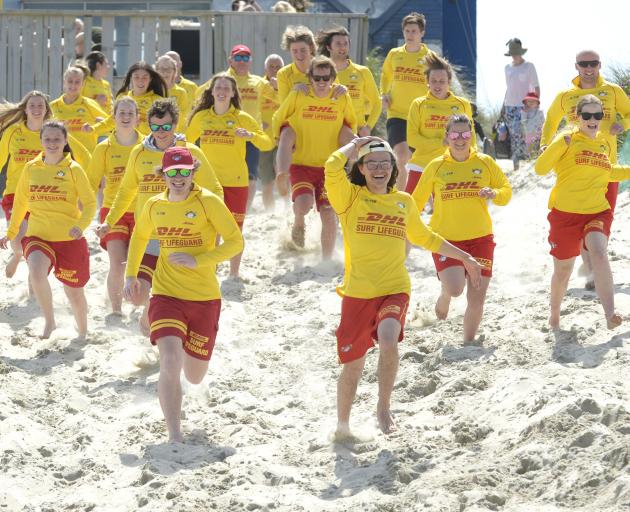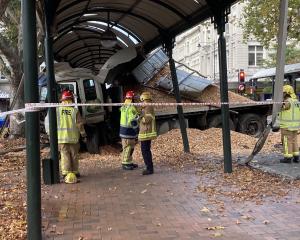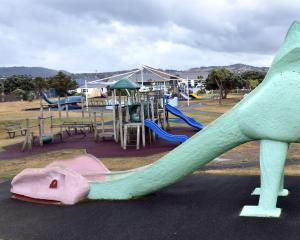
A rip - a strong, local current running from the coast out to sea - is a common phenomenon off southern shores, and one which catches out swimmers every summer.
Last Monday St Kilda almost recorded its first drowning of the season, as a group of swimmers were swept about 300m out to sea.
The Otago search and rescue team was deployed, but only after a nearly fatal delay when an eyewitness called a friend rather than 111.
"The group of patients were very lucky that a member of the St Kilda surf club, Darren Watson [who is not a lifeguard] was teaching a yoga session at the surf club as the incident unfolded," Otago Surf Life Saving search and rescue team co-ordinator Max Corboy said.
"He grabbed a rescue board and paddled out to the group, keeping them afloat until further help from the callout team arrived.
"One of them was blue and stiff - if we had got there a minute later it would have been too late ... We were very close to four fatalities on Monday night - it couldn't have been cut any finer."
With warm temperatures enticing people to the beach, St Kilda surf lifesavers were given a timely reminder class on Saturday about how to spot and manage a rip.
St Kilda surf lifesavers carried out 80 water rescues last summer, triple the usual rate, surf lifesaver and ambulance officer Cam Third said.
"St Kilda is a busy beach and people often sit outside the flags and then go and swim there," Mr Third said.
"We would encourage people to move over to swim within the flags, then walk back to where they were."
Rips
How to spot one
Regions of deeper, darker water with few waves between areas of white water.
Narrow areas of rippled, bumpy surface water with criss-crossed waves.
Turbulent, sandy white water heading offshore.
If you are caught in one
Stay calm, relax and float.
Signal for help by putting your hand up and waving it from side to side.
Remain floating until the current weakens.
If you see someone caught in one Call 111, alert lifeguards if on patrol.












